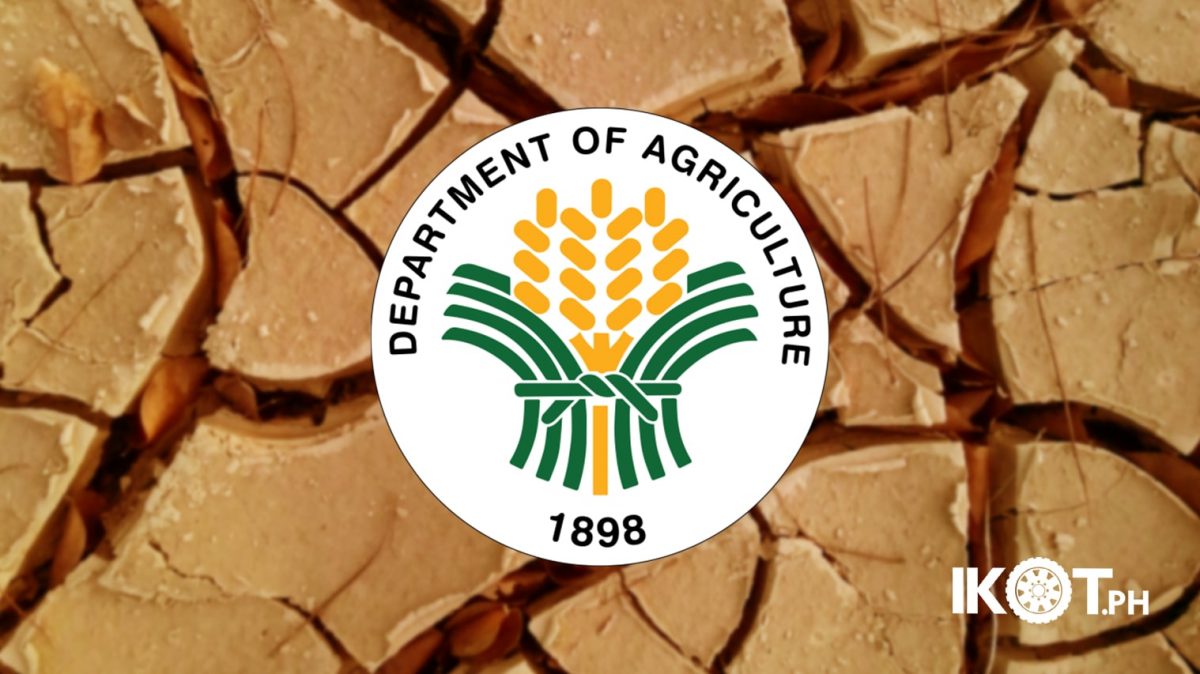With the foreseen onset of El Niño in the months of July-September, the Department of Agriculture (DA) will further strengthen measures that will address the effects of the expected drought, including the reactivation of an inter-agency El Niño Task Force to mitigate the potential effects of the phenomenon to the agriculture and fisheries sector.
Under the administration of President Ferdinand Marcos Jr., the government will put up more water-related infrastructure such as hydroelectric power plants, flood control projects and irrigation systems.
“An overall plan to change the way water supply is acquired will also be undertaken.”
An overall plan to change the way water supply is acquired will also be undertaken, according to the DA, which is headed by the chief executive.
Under the 2023 El Niño Mitigation and Adaptation Plan, DA will set in motion strategies that aims to lessen the impact of the El Niño phenomenon to the agriculture and fishery industries and restore productivity in affected areas.
The Philippine Atmospheric, Geophysical and Astronomical Services Administration (PAGASA), an attached agency of the Department of Science and Technology (DOST), had earlier said the El Niño may persist until 2024.
Based on the 6-month rainfall forecast data of the DOST-PAGASA, at least 16 provinces in Central Visayas (Region VII), Eastern Visayas (Region VIII), Zamboanga Peninsula (Region IX), the CARAGA Administrative Region (Region XIII) and CALABARZON (Region IV-A, particularly the province of Quezon, will be affected by the prolonged dry season.
Part of the government’s masterplan to address El Niño is to save the vulnerable areas through appropriate water management, while irrecoverable areas will be rehabilitated.
The DA will likewise maximize the production in non-threatened areas. A massive information dissemination across locations will also be undertaken.
To ensure that water supply will be managed efficiently during the dry spell, the DA encourages the adaptation of the alternate wetting and drying (AWD) method.
To ensure that water supply will be managed efficiently during the dry spell, the DA encourages the adaptation of the alternate wetting and drying (AWD) method.
Through this technology, farmers may reduce the use of irrigation water without sacrificing the yield. Under AWD, irrigation water is applied a few days after the ponded water has been used up.
Water systems including irrigation canals, diversion dams and small scale irrigation projects will be developed and/or rehabilitated even before the start of the El Niño, which will be made available and accessible to farmers.
Cloud Seeding Operations will be conducted to augment rainfall. The technique involves the manual seeding of clouds with salt to modify the type and amount of precipitation that will fall on dams.
The government will also impose an irrigation scheduling system and other water saving practices as well as distribute farm production-related machinery equipment such as power water sprayers.
To address the inevitable consequences of El Niño for the long term, the DA will establish more small water impounding projects and diversion dams and strictly implement water management activities. Moreover, pumps and engine sets will be positioned for tail-end areas.
A mitigation and adaptation plan has also been set-up by the Disaster Risk Reduction and Management Unit (DRRMU) that includes the promotion of drought-tolerant and early maturing crop varieties, organic fertilizer to increase retention of soil moisture, the adjustment of planting calendar and crop shifting.
The DA has already identified hybrid varieties of rice and other high value crops that can be planted during dry spells.


